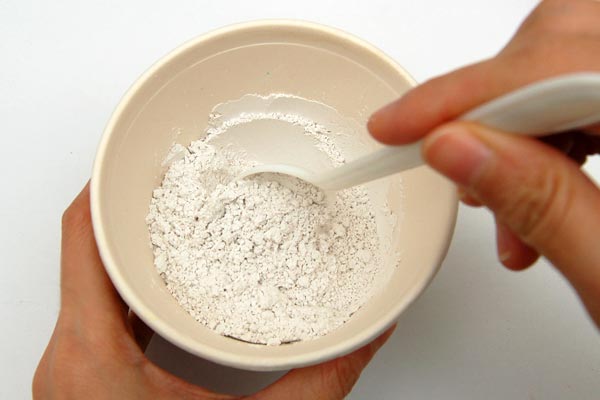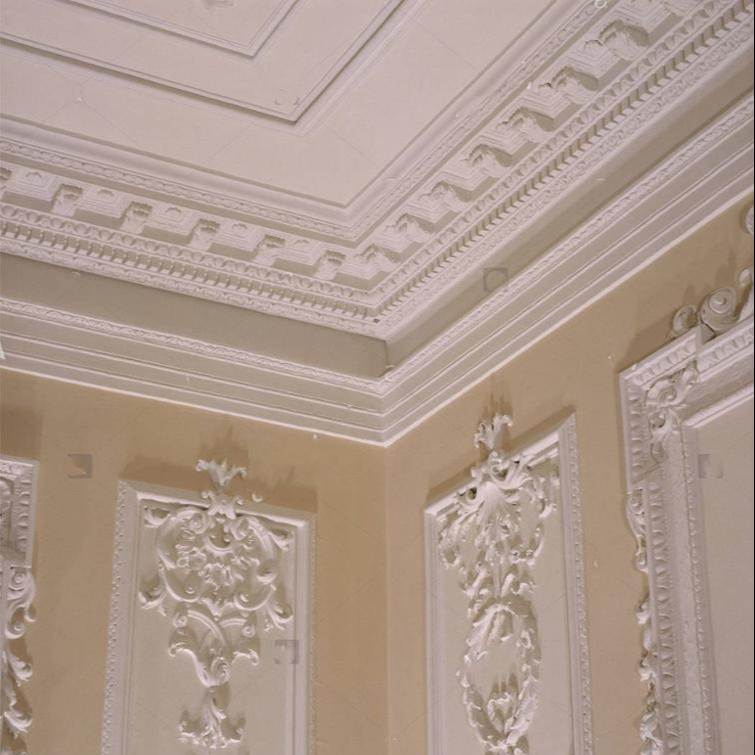What is Plaster of Paris?
Plaster of Paris, also called POP, is a versatile building material. It is can be packaged and stored easily. When mixed with water, it forms a semi-solid substance which hardens quickly, which can be used in a variety of architectural, decorative and repairing functions.
This article discusses the chemistry of POP, its production as well as its reactions.
Plaster of Paris’s chemical name is calcium sulphate hemihydrate and it is chemically a hydrated salt. Plaster of Paris’s formula is CaSO4 ⋅(1/2) H2O. This means that, on average, one molecule of calcium sulphate has half a molecule of water, as the water of crystallization.
Index
Preparation of Plaster of Paris
Plaster of Paris is manufactured by the action of heat on gypsum. Gypsum is another hydrated salt. The chemical formula of Gypsum is calcium sulphate dihydrate, CaSO4 ⋅2 H2O. Upon heating, some of the water escapes in the process of evaporation, giving POP.
Thus, it can be prepared industrially in this manner. It exists in a dry powder form.
CaSO4 ⋅2 H2O ⟶CaSO4 ⋅(0.5) H2O. +1.5 H2O
The chemical reaction for the process of manufacture of POP is:
Reaction With Water
Plaster of Paris reacts with water, essentially reversing the reaction that occurs in its formation. When water is added to POP, it gets added to its crystal structure, leading to the formation of gypsum.
The reaction involved is:
CaSO4 ⋅(0.5) H2O. +1.5 H2O ⟶ CaSO4 ⋅2 H2O
In the process, the powder form of POP forms a semi-solid when mixed with water. This hardens (‘sets’) soon to form a rigid solid, gypsum. In the process, its crystal structure changes, giving it extra strength. Heat is also released in the process, which needs to be taken care of in medical applications.
Plaster of Paris Uses
There are a range of uses of Plaster of Paris. This is because it can readily be converted to gypsum by adding water. Further, before it hardens, it can be reshaped in a variety of ways. This makes it versatile. Some common uses are:
- POP is used to make casts for broken bones. It forms a lightweight but firm source of support during the healing period.
- POP is also used in the process of making dentures.
- It can be used in architecture to make decorative additions.
- Plaster was often used in medieval times for murals and related forms of art.
FAQ
The name Plaster of Paris is derived from the large deposits of gypsum in the Montmartre hill in Paris
Plaster of Paris is obtained by heating gypsum or calcium sulphate dihydrate to about 140-180 degree Celsius.



